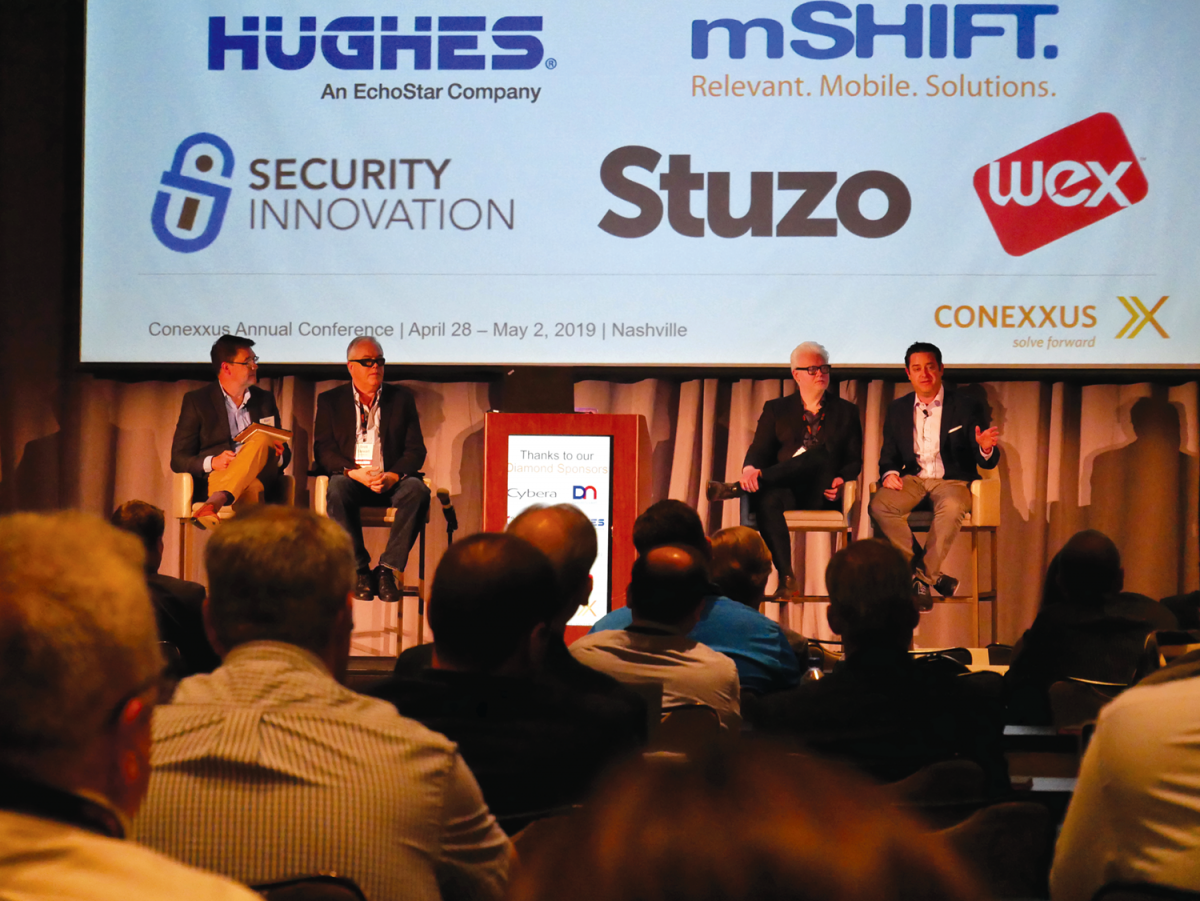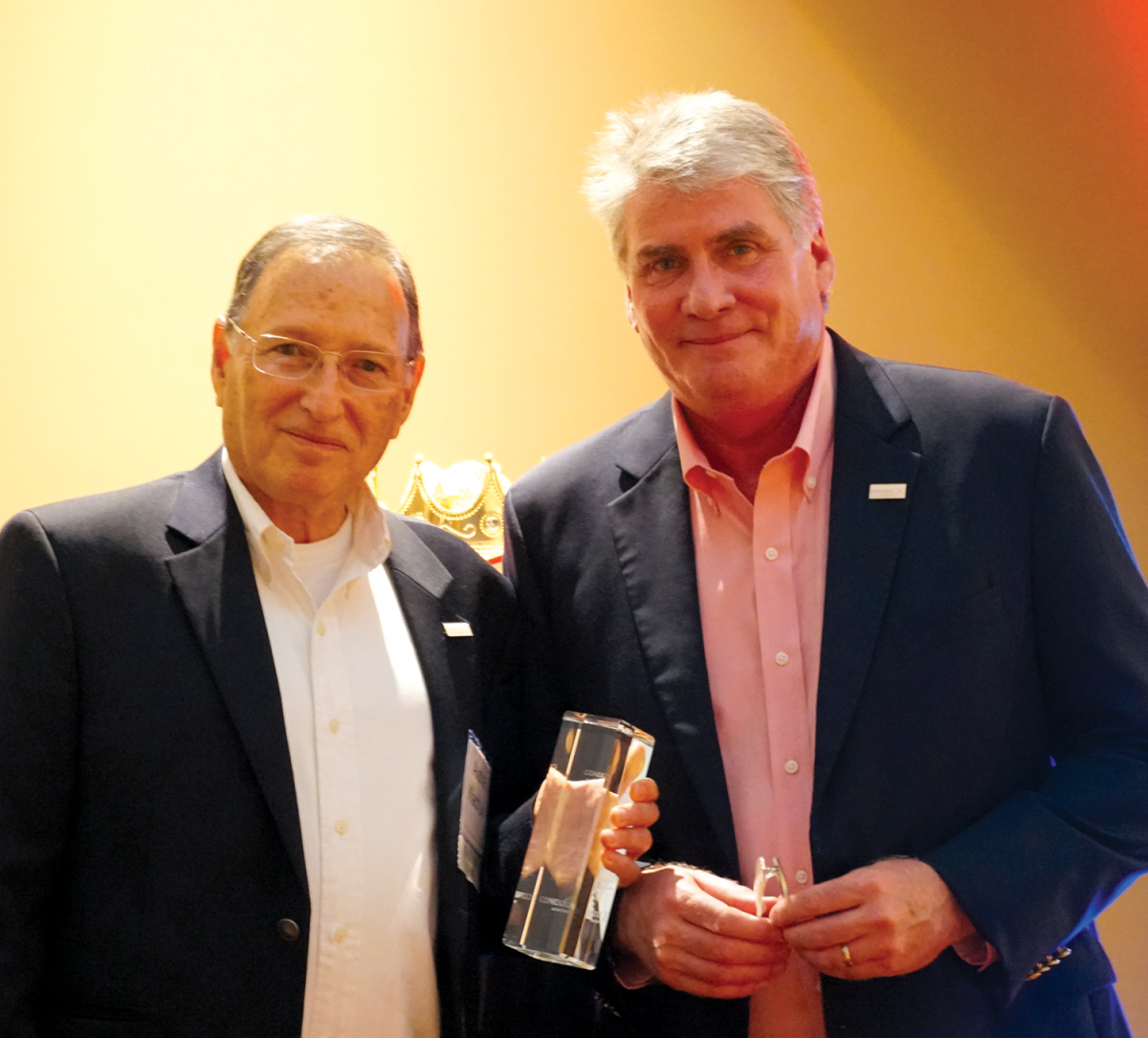 Back in 2002, Jeff Bezos sent an email to all Amazon employees mandating that their data be made available through programming interfaces—or APIs. “Anyone who doesn’t do this will be fired,” wrote Bezos. “Thank you; have a nice day!”
Back in 2002, Jeff Bezos sent an email to all Amazon employees mandating that their data be made available through programming interfaces—or APIs. “Anyone who doesn’t do this will be fired,” wrote Bezos. “Thank you; have a nice day!”
For anyone who is unfamiliar, APIs are a software intermediary that allow two programs to talk to each other. This makes it possible to access information that would otherwise be unavailable. Travel sites, for example, are able to simultaneously search competing offers from hotel and airline brands because each of them provides APIs.
The Bezos mandate required each team at Amazon to become a partner of every other team by opening up their data. In a very big way, this helped propel Amazon into the nimble, service-oriented business that it is today. “He knew back then that in order to innovate and drive e-commerce and mobile commerce, that they needed easy access to all the data they were generating,” said Jason Lobel, co-founder and CEO of retail analytics firm SwiftIQ.
But that was nearly 20 years ago, and fuel and convenience retailing has yet to reach that level of interconnectivity. This makes it difficult to pivot and quickly respond to new disruptors and the Amazons of the world. Retailers, vendors, CPG companies and other stakeholders have siloed their data in a way that makes it difficult to access and leverage.
What is the thing that keeps the convenience industry insulated from the Amazon revolution?
“This industry needs agility,” said Lobel. “If you wake up one day and decide you want mobile pay, it shouldn’t take four years to implement.”
“[Today’s] competition is mostly software companies—Amazon and others that are coming into this industry. How do we become more agile? It’s APIs and microservices,” said Gunter Pfau, CEO of Stuzo. “You should be able to plug in vendors as you see fit. We talk a lot about knowing your customer, but the vast majority of the industry today doesn’t fully understand the customer data. If all of this is done right, it’s about driving incremental business outcomes.”
Solving for Structural Challenges
Ever since its founding in 1995, Conexxus has served as a neutral forum for the fuel and convenience retailing industry to develop standards and drive technological innovation—APIs included.
But if there was one overarching message at the 2019 Conexxus Annual Conference in Nashville, it’s that times are changing, and the industry needs to move away from the rigid, channel-centric thinking of yesterday. Convenience is being redefined, and new companies are finding ways to compete within retail’s last mile. Technology now allows market entrants to quickly deploy at scale and provide convenient access to similar products—regardless of their real estate.
“What is the thing that keeps the convenience industry insulated from the Amazon revolution?” asked Gray Taylor, executive director of Conexxus. “It’s the 85% of things that people buy from us to consume within an hour—and they haven’t figured out how to get it to them within an hour. But there are billions of dollars being invested to figure out one-hour, last-mile delivery.”
We need to start thinking about food experiences and how we get people in the store to feel good about eating with us.
Unfortunately, half of the industry is operating with a 10-year-old business model. NACS State of the Industry data show that the bottom two quartiles of retailers have nearly identical inside sales as the industry average from 2009. Tobacco represents 39.14% of sales and foodservice 15.27%, whereas those categories were a similar 39.80% and 16.02%, respectively, in 2009.
The top-quartile of retailers, however, has pushed ahead with foodservice at 28.29% of inside sales in 2018—a 12.27-point increase over the 2009 industry average. Compared with the bottom quartile, they sold 4.5 times as much foodservice and 2.4 times as much snacks and packaged beverages. “These are huge multipliers between the top performers and the bottom half our industry,” said Taylor, and the difference between an old business model and a transitional one.
This new retailing paradigm shift was on full display in Nashville. A few blocks away from the event venue was Dollar General’s first DGX convenience store, which opened in early 2017. With a smaller format and items geared more toward immediate consumption, it provides quick access to wine, spirits, snacks, beverages and more in a clean, modern format. The store also provides the sort of center-store offer for which dollar stores are known.
GoPuff also operates in Nashville, making it easy to obtain thousands of items in about 25 minutes. The company’s mobile app provides a loading bar similar to what Domino’s uses for online orders. The app allows customers to see when products are loaded into a vehicle, on their way and at their destination. A $1.95 fee applies to orders under $49, and consumers can waive the fee by joining the rewards program, The Fam, for $5.95 per month.
 Over four days, conference attendees joined business and technical committees to discuss critical technology issues. From the latest on data security, to advances in payment technologies, attendees were a part of the process that creates and sets technology standards.
Over four days, conference attendees joined business and technical committees to discuss critical technology issues. From the latest on data security, to advances in payment technologies, attendees were a part of the process that creates and sets technology standards.
For a modern approach to fuel and convenience retailing, one simply had to visit the nearby Twice Daily location. The Nashville-based retailer recently created its own coffee brand, White Bison. Customers can order single-origin, pour-over coffee from a selection of beans that changes periodically, which makes it easy to enjoy a selection a few times while ensuring variety and the excitement of limited-time offers. Guests also can enjoy comfortable seating and free Wi-Fi.
“We need to start thinking about food experiences,” said Taylor, “and how we get people in the store to feel good about eating with us.”
Don’t Ignore the Small Data
As Taylor pointed out, tomorrow’s most successful retail strategies will likely include a mix of large-scale data analysis and sociological observations. As many retailers know, sometimes the most valuable insights come from careful, considered observations of existing customers—qualitative insights that are difficult to otherwise obtain.
Tim Lowe, president of Winston-Salem, N.C.-based Lowe’s Foods, shared how his grocery company was faced with the need to reinvent itself. Multiple competitors had crowded into its markets, and consumer behaviors were changing—especially as they relate to food consumption. As Lowe explained, consumers are looking for an outcome. They don’t want to necessarily do everything themselves. This forced his company to pivot and go beyond just selling ingredients for traditional family dinners.
Lowe saw an opportunity to become an entertainment company that intersected with the customer at the nexus of food and groceries. This shift was informed by a few observations: Whether it’s coworkers, family, friends or other sources, we value having close connections within a group. Many Lowe's Foods customers, however, were missing the ability to come together.
�McDonald’s is a tech company that just happens to sell hamburgers in a quick-service restaurant.
Much of this knowledge came from careful observations of customers. Lowe went as far as to visit customers’ homes and examine what was in their refrigerators. “You would be surprised what people will tell you for a $50 gift card,” said Lowe.
He assembled a workshop of managers across the company to strategize and determine a solution, and that’s when they arrived at an idea: What if they did a “chicken dance” inside the store? The stores had already seen a lift of about 20% when they went locally sourced, antibiotic-free and introduced new packaging. So, they built a chicken chandelier and created a dance that employees would perform every time one was pulled out of the rotisserie.
They immediately found that kids—and the kids at heart—gladly joined in to do the chicken dance. Everyone else would come up to inquire about it, and that provided employees a chance to tell the story about their high-quality chicken. The first store saw a 122% lift in sales, and Lowe’s was able to repeat that at other locations.
As Lowe explained, we used to think of how we can interact with customers in as little as four minutes. The store of tomorrow will instead want to consider how it can convince the customer to stay for as long as 10 minutes.
 The conference connects retailers and suppliers focused on new technologies and technology standards to improve business processes, reduce costs and increase profitability.
The conference connects retailers and suppliers focused on new technologies and technology standards to improve business processes, reduce costs and increase profitability.
Lessons from Retailers
“Does anyone else feel like we’re the last industry to be touched by digital transformation?” asked Edward Dzadovsky, vice president for North America IT at Circle K. As he pointed out, the experience of visiting a convenience store has remained largely unchanged for many years, while other cross-channel competitors are revisiting the experiences they provide customers. “McDonald’s is a tech company that just happens to sell hamburgers in a quick-service restaurant,” he said.
Joining Dzadovsky and others on a panel of retailer technology leaders, Sorlin Hilgen, chief technology officer at Westborough, Mass.-based Cumberland Farms, reminded attendees that innovations don’t always have to be big. They can also be small.
Tom Dransfield, IT director for Midland, Texas-based The Kent Companies, discussed the importance of data security. After all, a data breach can easily destroy a company’s reputation overnight. When developing security procedures for staff, it’s important to remember that “easy” is subjective. “If someone doesn’t get it,” he explained, “they won’t adopt it.” Furthermore, they’re likely to develop homebrew, substitute solutions that create new security risks.
Dransfield implored retailers to follow the principle of least privilege and not provide anyone with more security permissions than necessary. He also wore a sticker on his lanyard that simply said, “don’t click shit.” It’s a crude but catchy reminder for staff who may be targeted by phishing scams that have the potential to compromise a brand’s network.
Additional Security Challenges
Data security was a major theme in Nashville. According to Geoffrey Vaughan, an IT security consultant at Security Innovation, it’s essential for retailers to consider the worst-case scenarios. Skimmers, for example, have evolved greatly in their capacity to do harm.
At the same time, attacks may be more nefarious. Vaughan mentioned that some individuals may be motivated to attack the payment processor directly and corrupt the entire system. Others may see an opportunity to attack loyalty hosts or simulate fake transactions, effectively giving everyone free gas. Or perhaps others may be motivated by a desire to cause physical damage—in which case they may consider preventing communication between the store and the pumps.
To that end, Vaughan implored retailers to approach the global security community as an ally. Retailers need to make it easier for ethical hackers to report vulnerabilities. One of the challenges is that retailer websites often provide no information about how to report these issues or whom to email, and other times companies threaten ethical hackers with legal action when they bring these matters to their attention. “Most hackers and security professionals like myself go out of our way to be ethical,” said Vaughan. “Imagine me telling you that your fly was down, and you beating me up for looking. It doesn’t make me want to save you the embarrassment of having a security vulnerability.”
Ed Adams, president and CEO of Security Innovation, suggested that retailers take the time to engage in threat modeling—a security practice that helps identify possible threats to a company’s software and computer systems. Microsoft’s Escalation of Privilege can be downloaded for free online, and it helps participants brainstorm and identify potential issues with spoofing, tampering, denial of service attacks and more.
 Avsha Klachuk (left), formerly of Alon USA LP, was recognized for his service and dedication to the convenience industry with his induction into the Conexxus Hall of Fame. Also pictured: Gray Taylor, executive director of Conexxus.
Avsha Klachuk (left), formerly of Alon USA LP, was recognized for his service and dedication to the convenience industry with his induction into the Conexxus Hall of Fame. Also pictured: Gray Taylor, executive director of Conexxus.
Challenges Moving Forward
According to NACS State of the Industry data, credit card fees reached $11.1 billion in 2018—meaning credit card companies made just as much last year as retailers.
Payments technology was a major topic of discussion at Conexxus. According to Guy Berg, vice president of payments, standards and outreach for the Federal Reserve of Minneapolis, the modern payments system designed for face-to-face interaction has resisted innovation. It could be argued that Uber’s true convenience was not its map feature, but rather the ability to step out of a car without having to swipe a card.
Consumers also are showing a desire for person-to-person (P2P) payments, as evidenced by the growing popularity of services like Venmo. The question is, how will this desire impact retail and by which payment method? P2P has been giving new life to ACH, explained Berg, but ACH continues to be used primarily for business-to-business (B2B) payments.
Tobacco is another concern, especially flavored vaping products. JUUL removed its flavored pods from more than 90,000 retail locations in October 2018, after facing pressure from the Food and Drug Administration regarding youth vaping. The mango, fruit, creme and cucumber pods are now only available on JUUL.com, and they have a sophisticated age-tracking and verification process to limit consumers to a maximum of two devices and 15 pod packages per month.
“They need multiple channels to the consumer, and stores aren’t always reliable,” said Taylor. “They're perfectly prepared to sell all of their stuff online—and not to convenience stores. That means we have to be able to track, trace, verify and limit.”
As Taylor pointed out, failure to respond to this challenge also will reflect poorly should the convenience channel seek additional opportunities with cannabis products containing CBD—and especially those with THC.
How to Get Engaged
One of the benefits of getting involved with Conexxus—and attending the annual conference—is having a seat at the table during these and other discussions. From workgroups to committees that debate, discuss and set new standards, Conexxus is the neutral forum where key decisions are made. It’s important for stakeholders and technology leadership to be involved across the industry, from retailers and vendors to CPG companies and more.
For resources and more information on how you can get involved, visit www.conexxus.org.